Chile Colorado: The Spicy Secret Behind Mexico’s Reddish Comfort Dish
Introduction: Is This the Most Underrated Chile Out There?
If you've ever taken a bite of chile colorado and wondered, "Wait—is this a chili or a sauce?", congratulations! You're not alone. But more importantly, you’re about to dive into one of the most versatile and flavor-packed ingredients in Mexican cuisine.
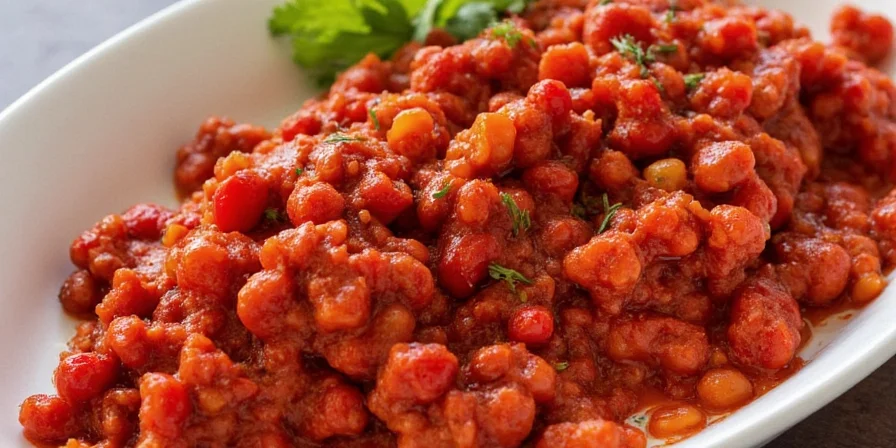
This blog is your ultimate guide to understanding everything from its origin to how it can transform your cooking. So, whether you're a seasoned chef or just someone who loves spicy food, stick around!
Table of Contents
- What Exactly Is Chile Colorado?
- Spice Level: How Hot Is It Really?
- 5 Essential Cooking Tips for Using Chile Colorado
- Flavor Profile: Beyond the Heat
- Storage Hacks: Keep It Fresh Like a Pro
- Common Mistakes (And How to Avoid Them)
- Chile Colorado vs. Other Dried Chiles: A Flavor Face-Off
- Conclusion
What Exactly Is Chile Colorado?
Despite the name, chile colorado doesn't refer to the U.S. state—it's actually a type of dried Capsicum annuum, commonly used in traditional Mexican cooking. Known for its deep reddish-brown hue and smoky-sweet aroma, this chile brings warmth without overwhelming heat.
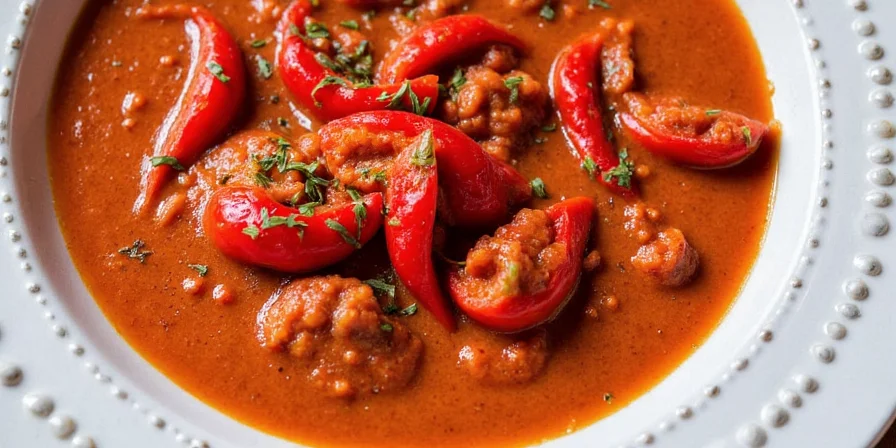
Its name translates to “red chile,” but don’t be fooled—this pepper has layers. From tacos to stews, chile colorado is often rehydrated and blended into sauces or pastes that bring dishes to life.
Where Does It Come From?
Chile colorado is native to central and northern Mexico. Historically, it was sun-dried and stored for use during colder months. Today, it remains a staple in many regional recipes, especially those featuring meats like beef and pork.
Spice Level: How Hot Is It Really?
If you’re asking, “Is chile colorado hot?” the answer is… kind of. Let’s break it down using the Scoville scale, which measures spiciness.
| Chile Type | Scoville Units | Heat Level |
|---|---|---|
| Ancho | 1,000–2,000 | Mild |
| Chile Colorado | 1,500–2,500 | Mild to Medium |
| Guajillo | 2,500–5,000 | Medium |
| Jalapeño | 2,500–8,000 | Medium-Hot |
What to Expect When Eating It
Think of chile colorado as the mellow uncle of the spice world—reliable, flavorful, and unlikely to make you reach for a glass of milk. Its heat builds gradually, offering warmth rather than punch.
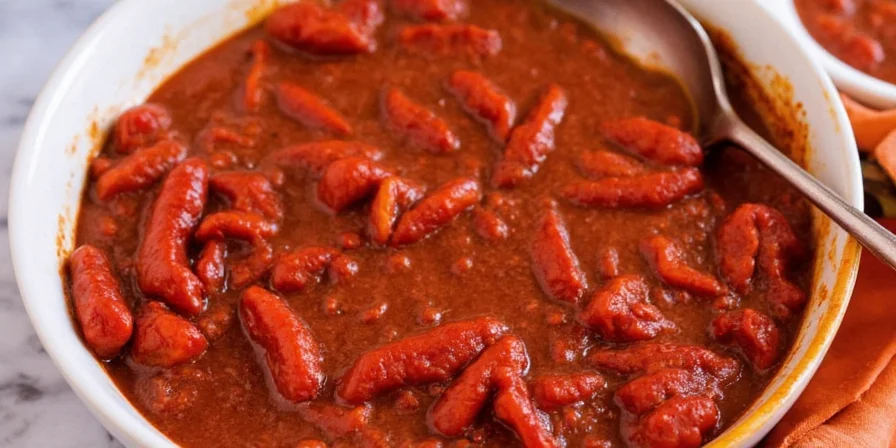
5 Essential Cooking Tips for Using Chile Colorado
- Toast Before Use: Lightly toast dried chiles in a dry pan before soaking to enhance their smoky flavor.
- Rehydrate Smartly: Soak in hot water or broth for 20–30 minutes until soft, not mushy.
- Skip the Seeds (Unless You Like Spice): Seeds add heat. Remove them if you prefer mild flavor.
- Blend with Garlic and Onions: For richer sauces, blend rehydrated chiles with sautéed aromatics.
- Use in Slow Cooked Dishes: Perfect for braises, stews, and enchilada sauces—its flavor deepens over time.
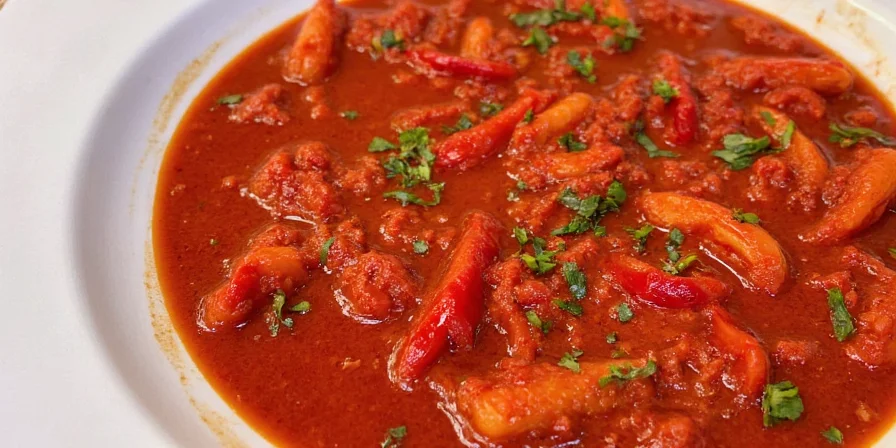
Flavor Profile: Beyond the Heat
One of the most underrated aspects of chile colorado is its complex flavor profile. Unlike some chiles that lean solely on heat, this one brings sweetness, earthiness, and a hint of berry-like notes.
Taste Breakdown
- Smoky: Mild, almost barbecue-like undertone.
- Sweet: Subtle hints of raisin or plum when dried.
- Earthy: Reminiscent of roasted red peppers and mushrooms.
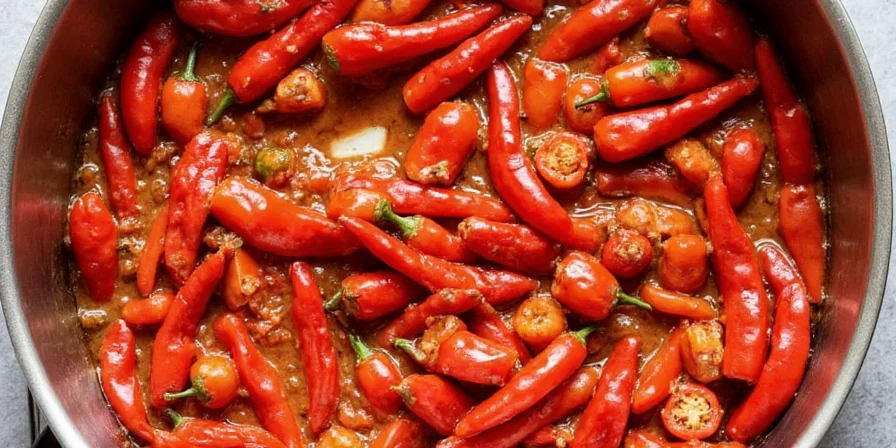
Try pairing it with chocolate for a mole twist, or mix it into mayo for a smoky sandwich spread!
Storage Hacks: Keep It Fresh Like a Pro
Want your chile colorado to last without losing flavor? Here’s how to store it properly:
- Dried Peppers: Store in an airtight container in a cool, dark place—good for up to 6 months.
- Ground Powder: Transfer to a spice jar; keep away from sunlight and moisture.
- Frozen Whole Peppers: Yes, you can freeze them! Wrap each chile in foil or vacuum-seal for best results.
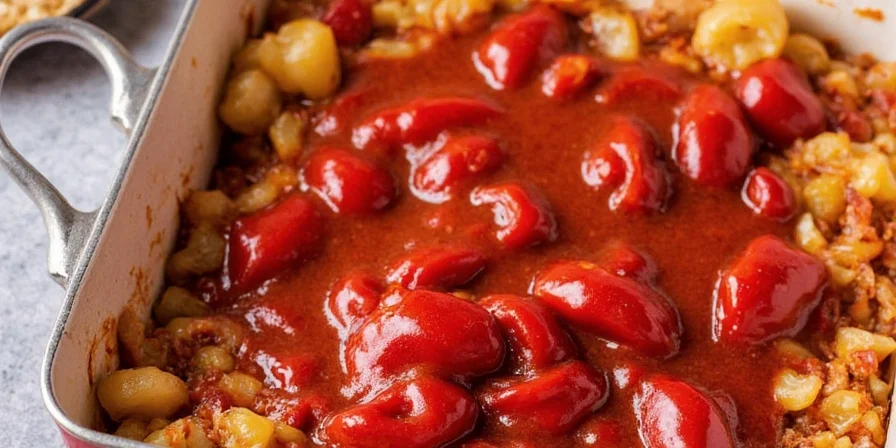
Common Mistakes (And How to Avoid Them)
Even pros mess up sometimes. Here are common mistakes when working with chile colorado—and how to dodge them:
| Mistake | Consequence | Fix/Prevention |
|---|---|---|
| Soaking too long | Mushy texture | Limit soak time to 30 minutes max |
| Blending without straining | Rough, gritty texture | Use a fine mesh sieve or high-speed blender |
| Over-toasting | Bitter flavor | Toast only until fragrant, no more than 1 minute per side |
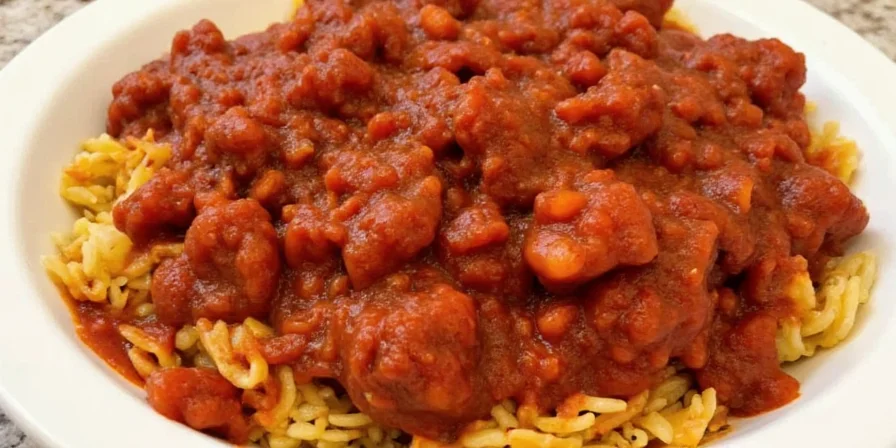
Chile Colorado vs. Other Dried Chiles: A Flavor Face-Off
Curious how chile colorado stacks up against its spicy cousins? Let’s compare!
| Chile | Flavor | Best For | Similarities |
|---|---|---|---|
| Chile Colorado | Smoky, sweet, earthy | Stews, moles, red sauces | Similar to Guajillo but milder |
| Ancho | Chocolatey, fruity | Mole Poblano, sauces | Sweeter than Colorado |
| Pasilla | Grassy, raisin-like | Dark sauces, tamales | Often confused with Colorado |
| Guajillo | Tea-like, tart | Marinades, salsas | Hotter than Colorado |
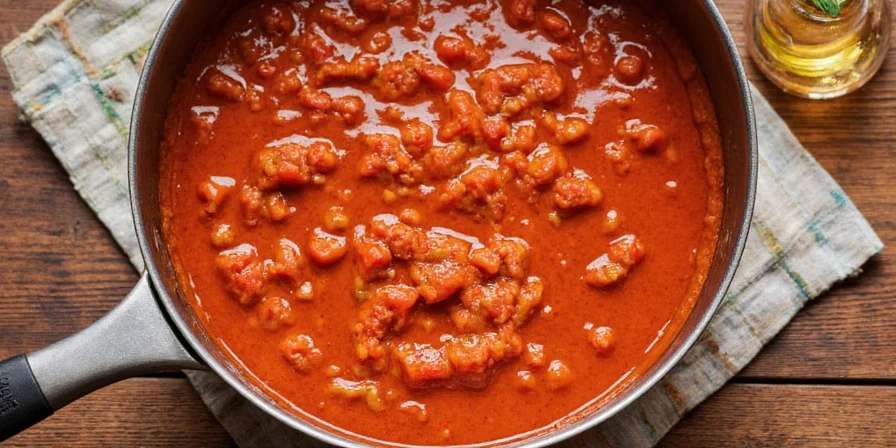
Conclusion
Whether you're simmering a pot of red pozole or crafting homemade enchilada sauce, chile colorado deserves a spot in your pantry. With its balanced flavor, moderate heat, and incredible versatility, it’s a workhorse ingredient that punches well above its weight class.
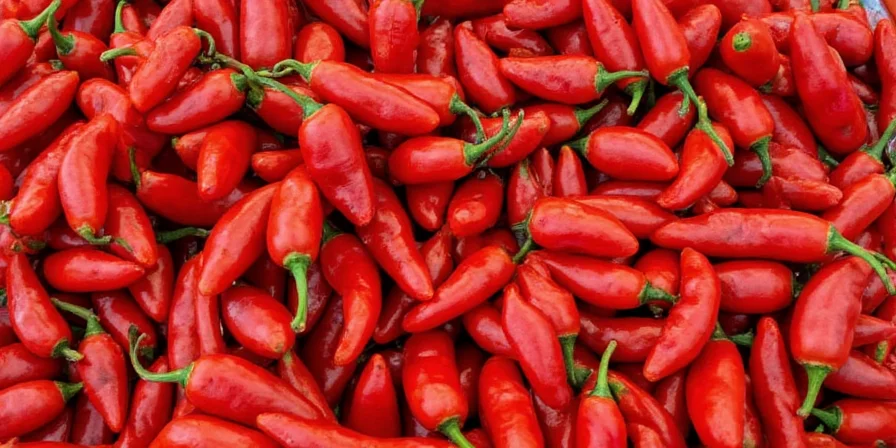
Remember: Don’t let its gentle heat fool you—this chile brings depth, richness, and tradition to every bite. Now go ahead, spice up your kitchen, and let chile colorado take center stage!

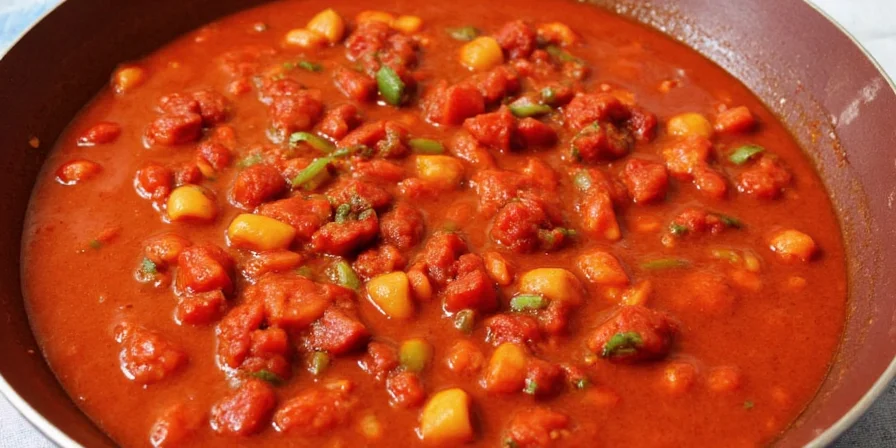









 浙公网安备
33010002000092号
浙公网安备
33010002000092号 浙B2-20120091-4
浙B2-20120091-4